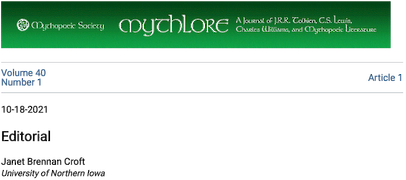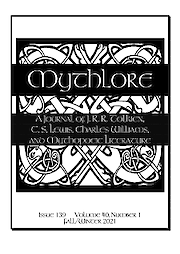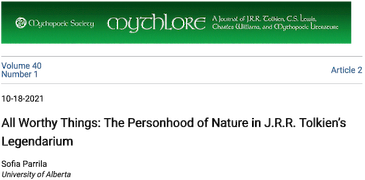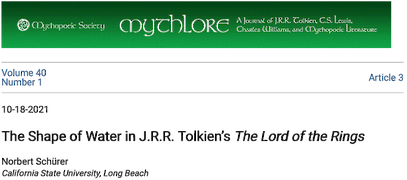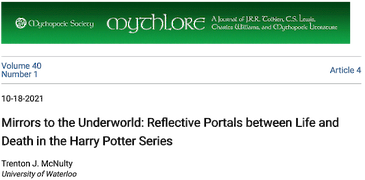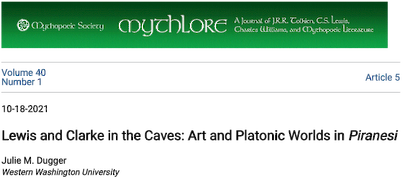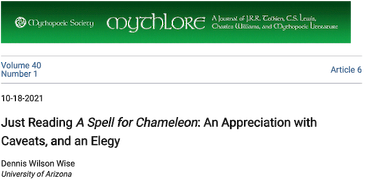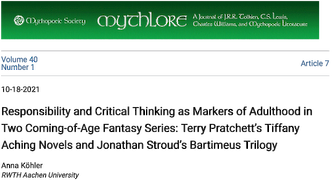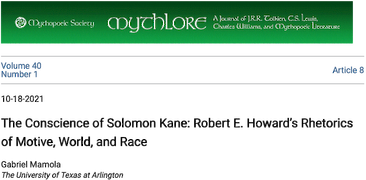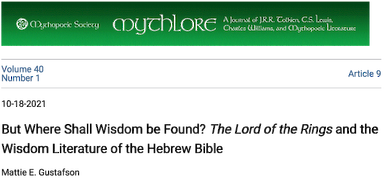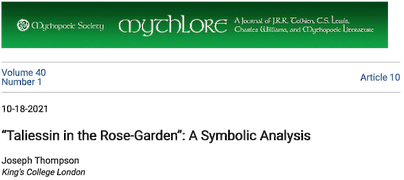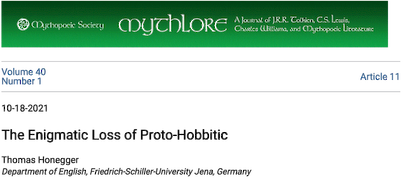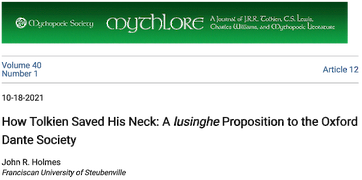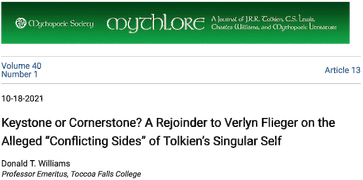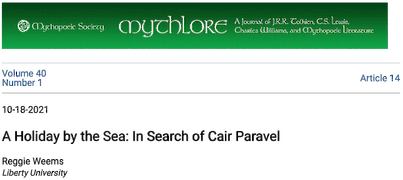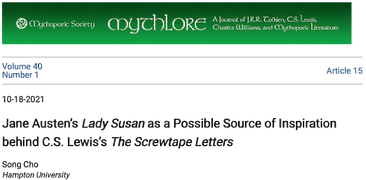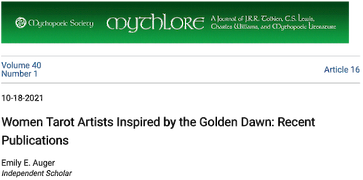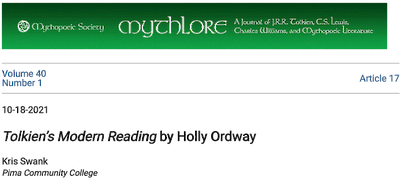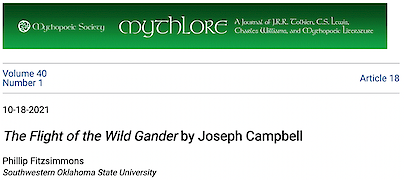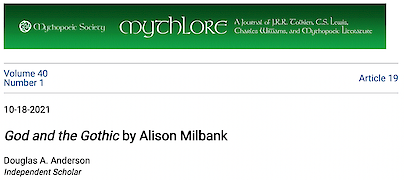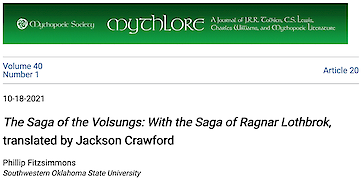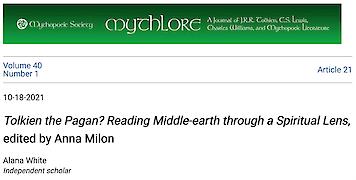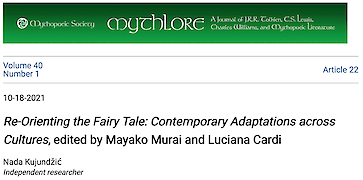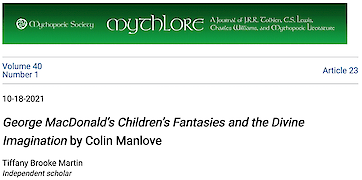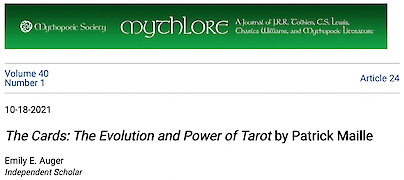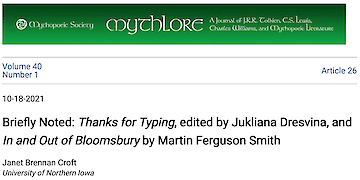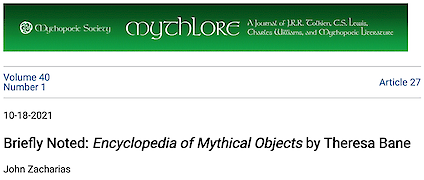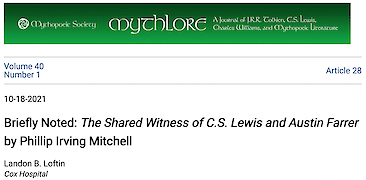Susanna Clarke’s 2020 novel Piranesi openly acknowledges its debt to C.S. Lewis’s Chronicles of Narnia. Piranesi’s imagined world, the House, is modeled after Charn from The Magician’s Nephew in the Chronicles: both feature uninhabited and apparently endless series of halls. Clarke’s world is not Lewis’s, however. As she puts it, “I always liked Charn better than Lewis liked Charn,” and the House in Piranesi is not a cold, dead shell, but the beloved home of the novel’s eponymous narrator. Piranesi’s handling of the relationship between models (like Charn) and their differing imitations (like Piranesi’s House) is important because a theme both Lewis and Clarke explore is the relationship between Platonic ideals and their imperfect copies. Following Plato’s Republic, with its hierarchy of intelligible, physical, and mimetic-artistic worlds, both Piranesi and the Chronicles of Narnia are multi-world stories in which one world echoes another. But just as Clarke adapts Charn into the more positively-connotated House, she also adapts Lewis’s Platonism. Unlike the Chronicles, which feature a Neoplatonic heaven influenced by Plato’s description of the intelligible world, Clarke’s novel features a narrator who questions the existence of any higher knowledge at all, and focuses instead on a critique of the relationship between Plato’s physical and artistic worlds. In contrast to Plato, Clarke presents artistic work not as an inferior imitation of the physical world, but as an interpenetrating influence on it. By exploring art’s influence as it pays fond but dissenting homage to the inspiration of Lewis’s work, Piranesi encourages us to reflect on what, during a time of critical reassessment and canon revision, we owe to the stories that have made us. While Piranesi is far from a morally-relative novel, in the absence of an ethos of perfection, it fixes meaning neither in the works of a nostalgic past nor in those of a progressive present. Past and present, art and society, fantasy and realism are all reciprocally constructive. Understood in static isolation, the worlds of the mind are troubling and perilous. But in our connections to them, they matter, becoming a comfort and light in our own rough times.
